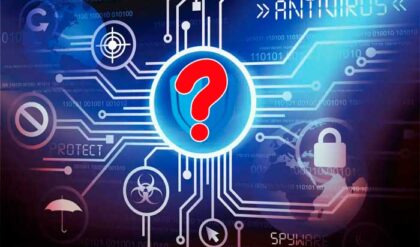In the vast and intricate landscape of cybersecurity, two common threats that often cause havoc are viruses and spyware. While both fall under the umbrella of malicious software, their functionalities, objectives, and methods of operation are distinct. This article aims to dissect the fundamental differences between viruses and spyware, shedding light on their unique characteristics and the potential risks they pose to individuals and organizations.
Understanding Viruses:
A computer virus is a type of malicious software designed to replicate and spread itself from one computer to another, often with the intent of causing harm. Viruses typically attach themselves to legitimate programs or files, and when these infected files are executed, the virus activates and starts its malicious activities.
Key Characteristics of Viruses:

- Self-Replication:
- One defining feature of viruses is their ability to replicate and spread autonomously. They can attach themselves to executable files or documents and replicate when these files are shared or transferred.
- Destructive Payloads:
- Viruses are known for their destructive payloads. They can corrupt or delete files, disrupt system operations, or even render a computer unusable.
- Infection Methods:
- Viruses commonly spread through infected email attachments, malicious websites, or compromised software installations. Social engineering tactics are often employed to deceive users into executing infected files.
Understanding Spyware:
Spyware, on the other hand, is a type of malicious software that focuses on collecting and transmitting sensitive information from a computer or network without the user’s knowledge. Unlike viruses, spyware doesn’t necessarily aim to replicate itself but rather operates stealthily to gather information.
Key Characteristics of Spyware:

- Information Gathering:
- Spyware is designed to gather a wide range of information, including keystrokes, login credentials, browsing habits, and other sensitive data. This information is then transmitted to a remote server controlled by the attacker.
- Silent Operation:
- Spyware operates silently in the background without alerting the user. This makes it particularly dangerous, as users may be unaware of the compromise, allowing the spyware to continue its malicious activities undetected.
- Distribution Channels:
- Spyware is often distributed through deceptive methods, such as bundled with seemingly legitimate software, malicious email attachments, or compromised websites.
Distinguishing Factors:
While viruses and spyware share the overarching goal of causing harm, the key differences lie in their methods and primary objectives. Viruses focus on self-replication and the destruction of data, while spyware concentrates on stealthy information gathering without necessarily causing immediate harm to the infected system.
Conclusion:
In the ever-evolving landscape of cybersecurity, understanding the nuances between viruses and spyware is crucial for effective threat detection and mitigation. Employing robust antivirus and anti-spyware solutions, along with practicing vigilant online behavior, can significantly reduce the risk of falling victim to these malicious entities. As cyber threats continue to advance, staying informed about their characteristics and behaviors remains essential for safeguarding our digital world.






